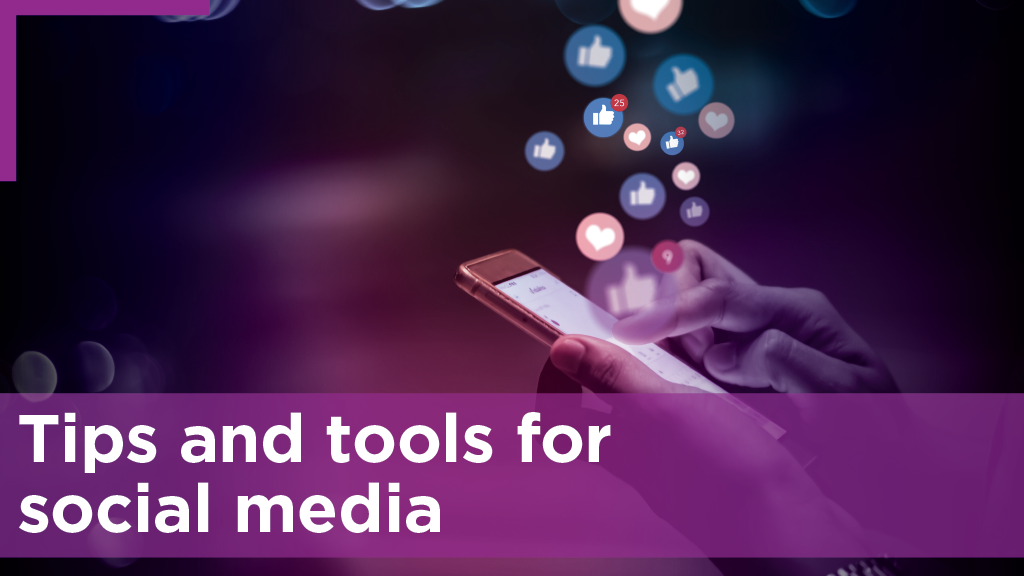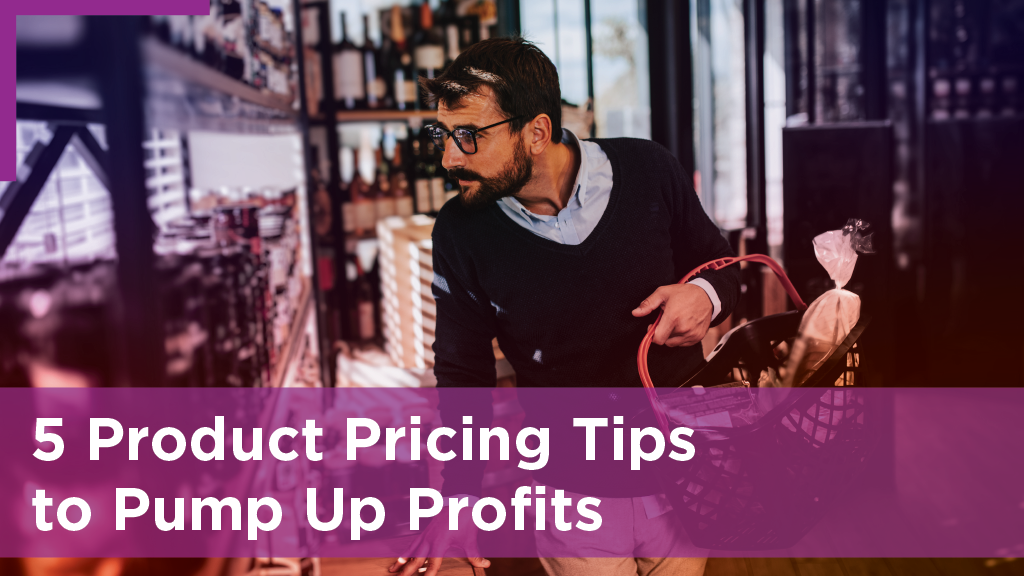
Should you take out that loan or not?
There are numerous factors you must consider while expanding a startup. How you plan to finance your business is one of the most crucial factors. Small business loans are frequently used by startups to fund operations, but without sound financial management, taking on more debt could be harmful to the company.
How can you tell if taking on more debt is necessary to run your startup? What inquiries must you make of yourself before submitting a loan application?
5 inquiries to make before incurring debt
Your business may be able to get the funding it needs through a loan in order to expand and grow. You can use it to manage your cash flow and get out of difficult financial situations. However, borrowing money is a big decision that shouldn’t be made hastily. Before taking out a loan, you should ask yourself the following questions:
1. How will I use the funds?
The first thing to think about is what you will need the money for. Small businesses borrow money for many different reasons. Maybe you need to raise money for a renovation or new equipment or perhaps you need to cover unforeseen expenses or changes in your cash flow due to the seasons. Whatever the reason, it is important to understand the rationale behind your loan decisions and how it will help your company.
2. What amount do I need?
After knowing why you need to raise more money, you need to make an educated guess as to how much you’ll need.
The following information will help you decide how much money to borrow from lenders.
You must first estimate how much money you will need based on the anticipated revenue and operating expenses for your business. The loan’s interest rate is the next thing you should think about. As the interest rate rises, so does the cost of the loan. You should also consider your ability to make the loan’s monthly payments. A loan’s associated costs must also be considered. These fees can add up quickly, so you must be careful to include them in your overall borrowing costs.
3. Do I make enough money to take on extra debt?
One of the most important things to think about is whether you will be able to repay the loan you are taking out. If you are unable to pay the loan installments out of your revenue, your business can suffer. You run the risk of losing investors for your startup. Your personal and corporate credit profiles can both suffer as a result.
4. Which finance option will best meet my needs?
It might be difficult to choose the loan type that is best for your business when there are so many different types of loans available. It all comes down to knowing the loan’s purpose. By knowing what you’ll do with the money, you’ll be able to choose the type of loan that best suits your requirements.
You can give us a call if you’re unsure of the kind of loan that would be best for your small business. The PME fund is one option for some to consider.
5. What does my credit profile look like?
A summary of your credit history is included in your credit profile. It contains details about your credit accounts, including loans, credit cards, and mortgages. It also contains details about your credit usage and payment history.
Your company credit score, which ranges from 0 to 100, serves as a representation of your credit profile. Borrowers with a business credit score of at least 75 are frequently approved for loans. If your score is lower than that, you may want to raise it before applying for credit. As a result, your chances of obtaining financing will increase.
It is essential for startups to think carefully about whether taking on debt is the best course of action for their company. In some circumstances, slower growth without borrowing money could be preferable. In other situations, borrowing money could be necessary to achieve the level of growth that the startup needs to be successful.










